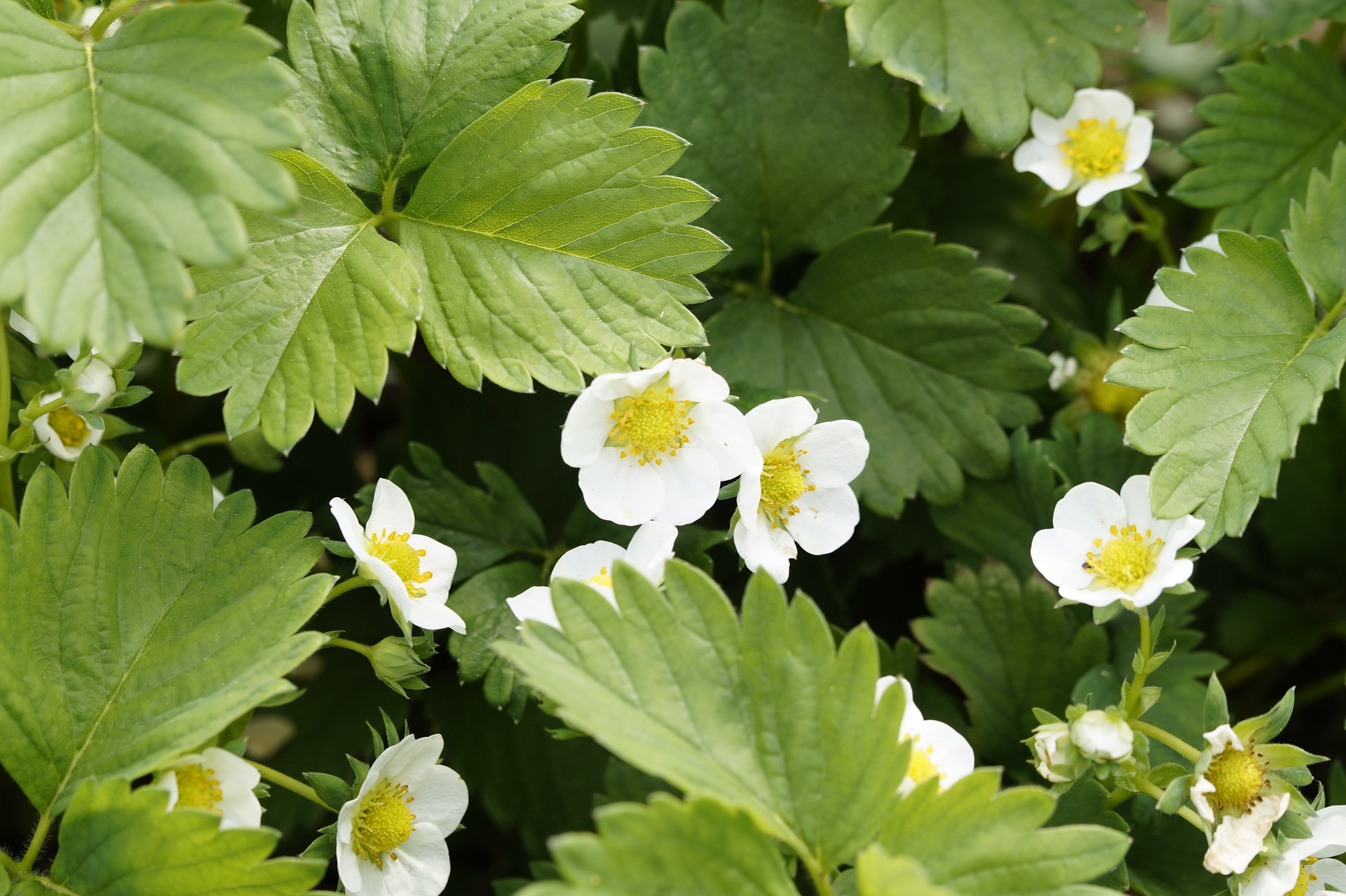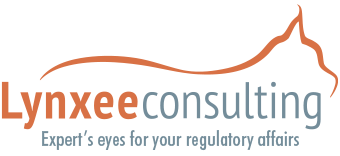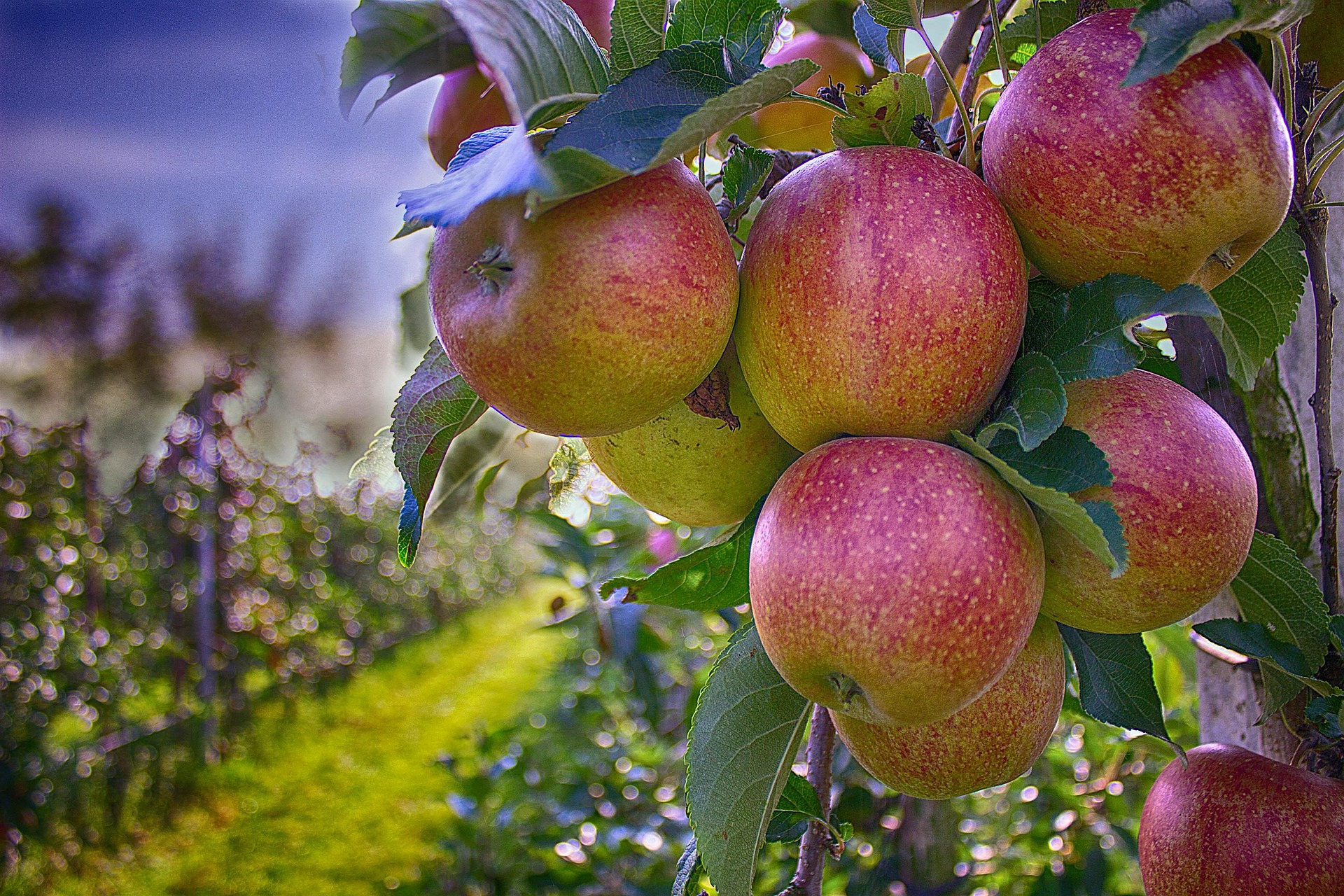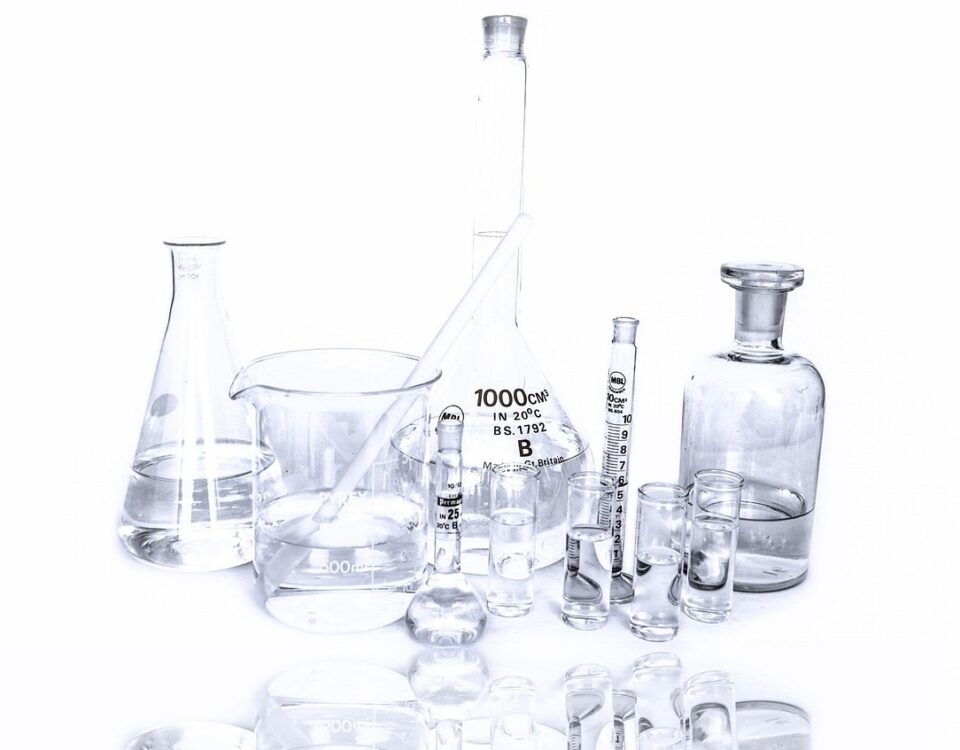
FRANCE: Ecophyto II, a new follow-up indicator
20 May 2016
FRANCE: New entries into the list of biocontrol products benefiting from a reduced tax on sales
31 May 2016EFSA has published a new Guidance Document on “Semiochemical active substances and plant protection products” (SANTE/12815/2014 rev. 5.2, May 2016).
This guidance document has been built on existing OECD-12 Guidance Document (Guidance for Registration Requirements for Pheromones and Other Semiochemicals Used for Arthropod Pest Control, OECD Environment, Health and Safety Publications, Series on Pesticides No. 12) and experience gained since then, especially during the peer review of SCLPs (Straight Chain Lepidopteran Pheromones).
Amongst others, a calculation method to estimate natural exposure levels of semiochemicals is given. This value can then be compared to the release rate of the semiochemical Plant Protection Product (PPP).
When the use of the PPP results in lower, similar or comparable exposure to the natural exposure level of the semiochemical, the risk characterisation is concluded and no further information is needed with the exception of identity, characterisation and analytical methods.
When the use of the PPP results in higher exposure to the natural exposure level of the semiochemical, a Tier II is proposed based on mathematical modelling.
This guidance also clarifies other data requirements depending on the type of semiochemical product:
1. Retrievable dispensers
1A) Passive dispensers (extruded or reservoir). The semiochemical diffuses continuously from the device into the air where the active substance becomes diluted.
1B) Active dispensers. The semiochemical is released discontinuously from the device into the air where the active substance becomes diluted.
2. Passive non-retrievable products
2A) Dispensers (extruded or reservoir). The semiochemical diffuses continuously from the device (such as biodegradable dispensers) into the air where the active substance becomes diluted.
2B) Dosable matrix dispensers. The semiochemical is embedded in a matrix, such as a sticky polymeric material. They are not discrete units; application is in-situ by attaching the polymeric mass onto plants or elsewhere at the site of use.
2C) Capsule suspension products. The semiochemical is formulated as a microencapsulation.
2D) Granular products (non-WDG). the semiochemical is formulated in a granular form.
2E) Seed treatment products
This guidance document will apply to applications submitted from 1 January 2017 onwards.
Lynxee consulting’s team is at your disposal to help you with your dossier preparation.
Contact us! https://lynxee.consulting/en/contact/


